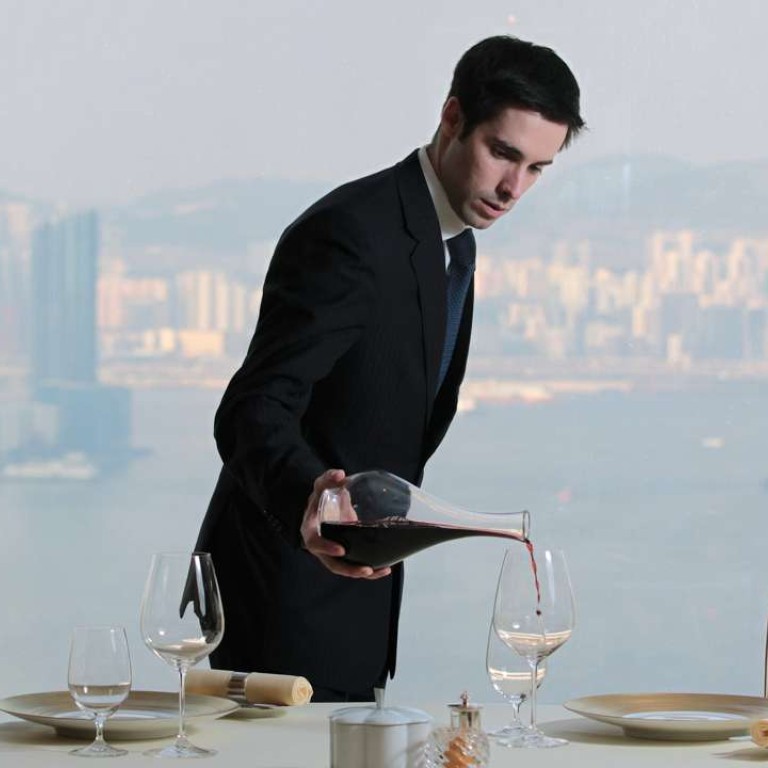
The dos and don’ts that can make or break a wine event
Whether you’re the guest or the host, making a wine event a success is all about etiquette
Like a formal dinner party, a wine event (which are extremely common in the industry and among collectors) needs careful planning and attention to detail. There’s the warm greeting; the offer to take bags and coats; then guests are directed to the reception area and, later, on to the table. You’ll (hopefully) see familiar faces and have a welcome drink handed to you.
At the table, there will be place cards or the host will direct you to a seat. For the many wine events I’ve helped organise, much thought has gone into this. A good host will seat guests with someone they know or someone who they think they should know and with whom they will have something in common. Nothing is worse than seeing someone at a table with no one to chat with. Then there’s the guest who thinks it’s acceptable to swap their place card with another – an absolute no-no in any host’s book and grounds for them not to be invited back.

The first pour of wine at the table is the important one, as no food has yet arrived. Everyone is curious and looking forward to what that first sip will be, because it sets the tone for the meal. At dinners where there is an experienced sommelier, I like to observe how my peers work a room.
Seeing a master sommelier – Yohann Jousselin and Darius Allyn are two who are currently working in Hong Kong – pour is like watching a ballet. There’s a deft swoop over and above your glass, a smooth stream of wine poured with not so much as a dribble, and a glimpse of the label on the bottle before it is whisked away to the next seat. Ladies first, of course, and finishing with the host. Once everyone has a pour of wine (and, amazingly, all the glasses have the same amount), the bottle is shown to everyone at the table, the master sommelier gives his impressions on the wine and then goes off to attend to the next table. Top-ups are equally unobtrusive – you don’t even need to ask.

You might think that once you attain master sommelier status, it is beneath you to serve and pour wine. But watch any of them at work and it is obvious that their job is their passion and that includes creating an experience and sharing knowledge while taking part in the event.
Nellie Ming Lee is a food stylist and part-time sommelier studying with the Court of Master Sommeliers

